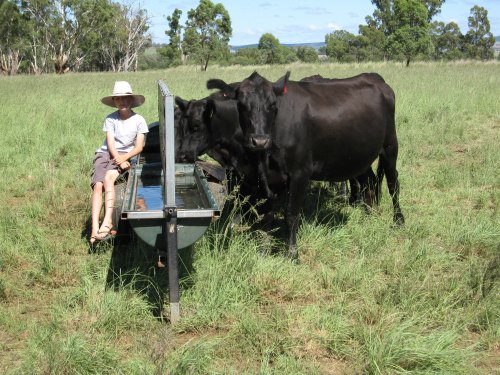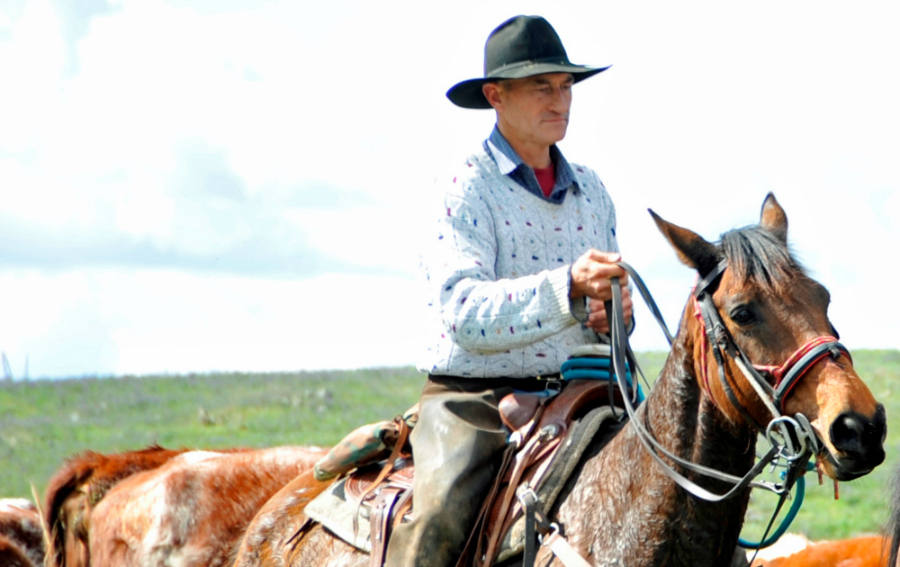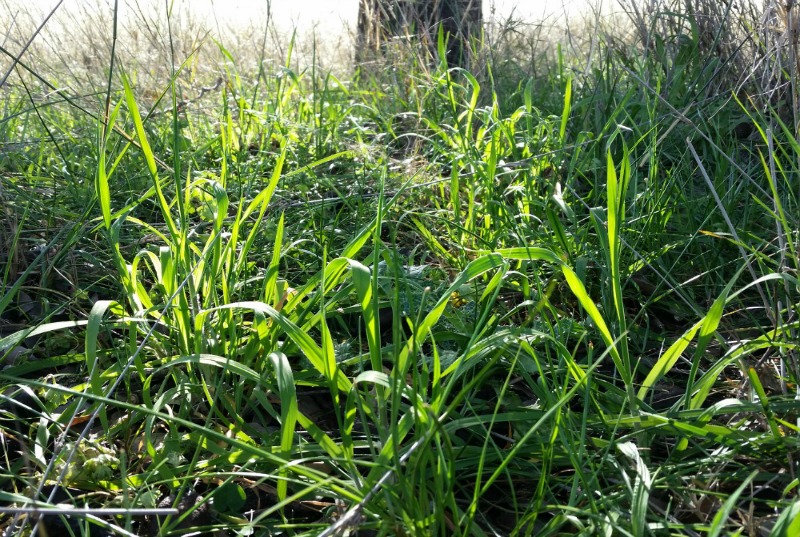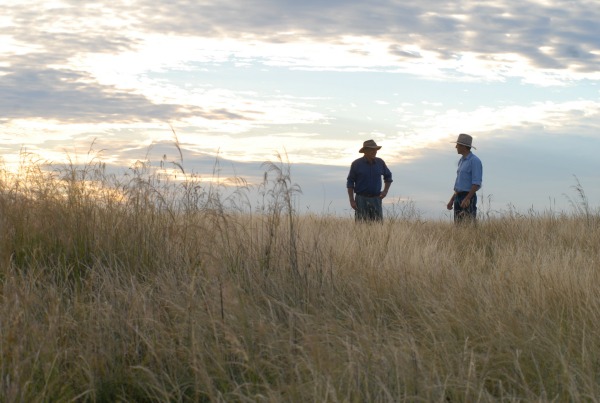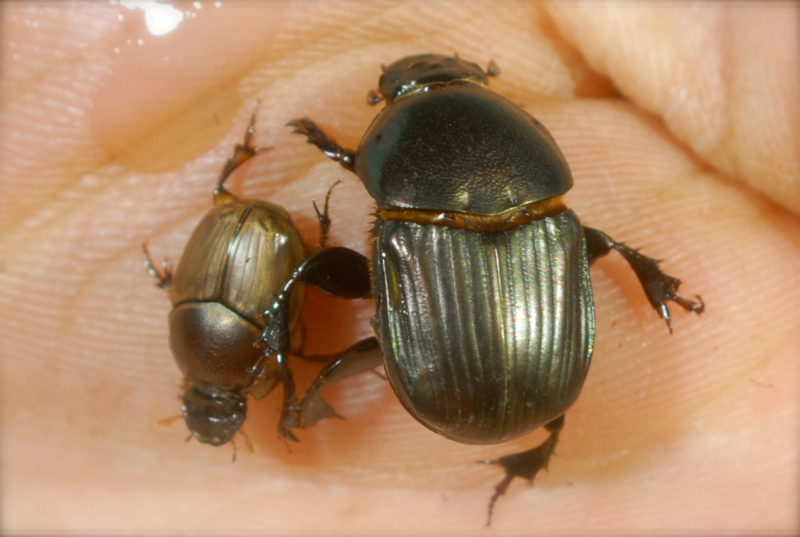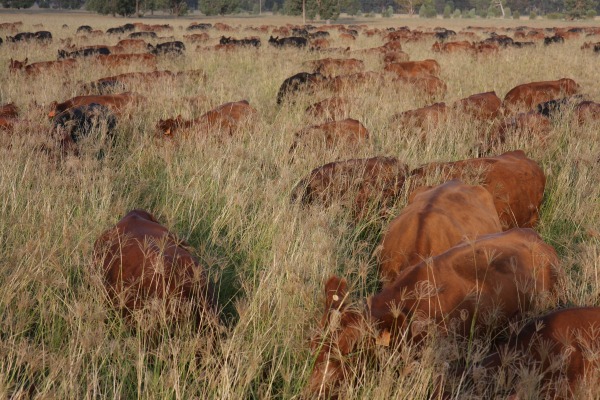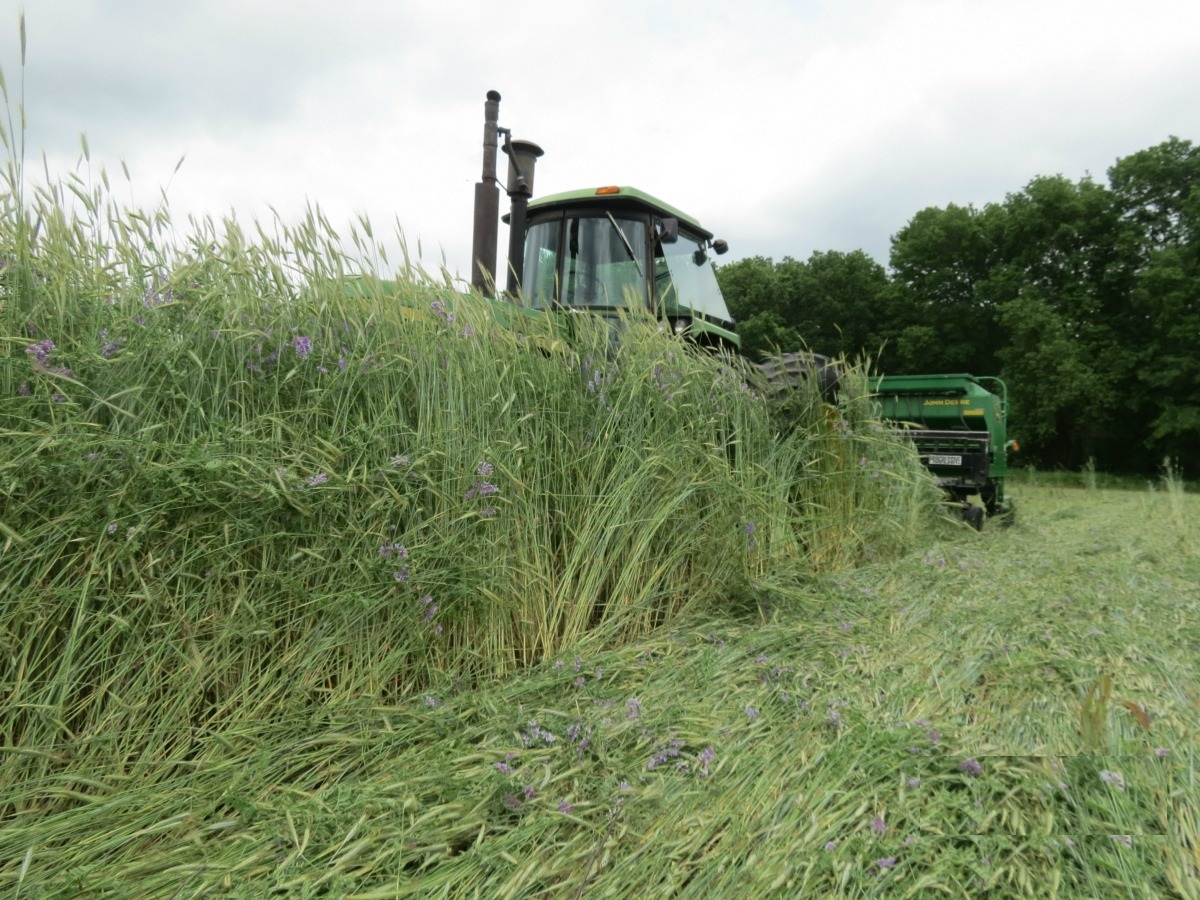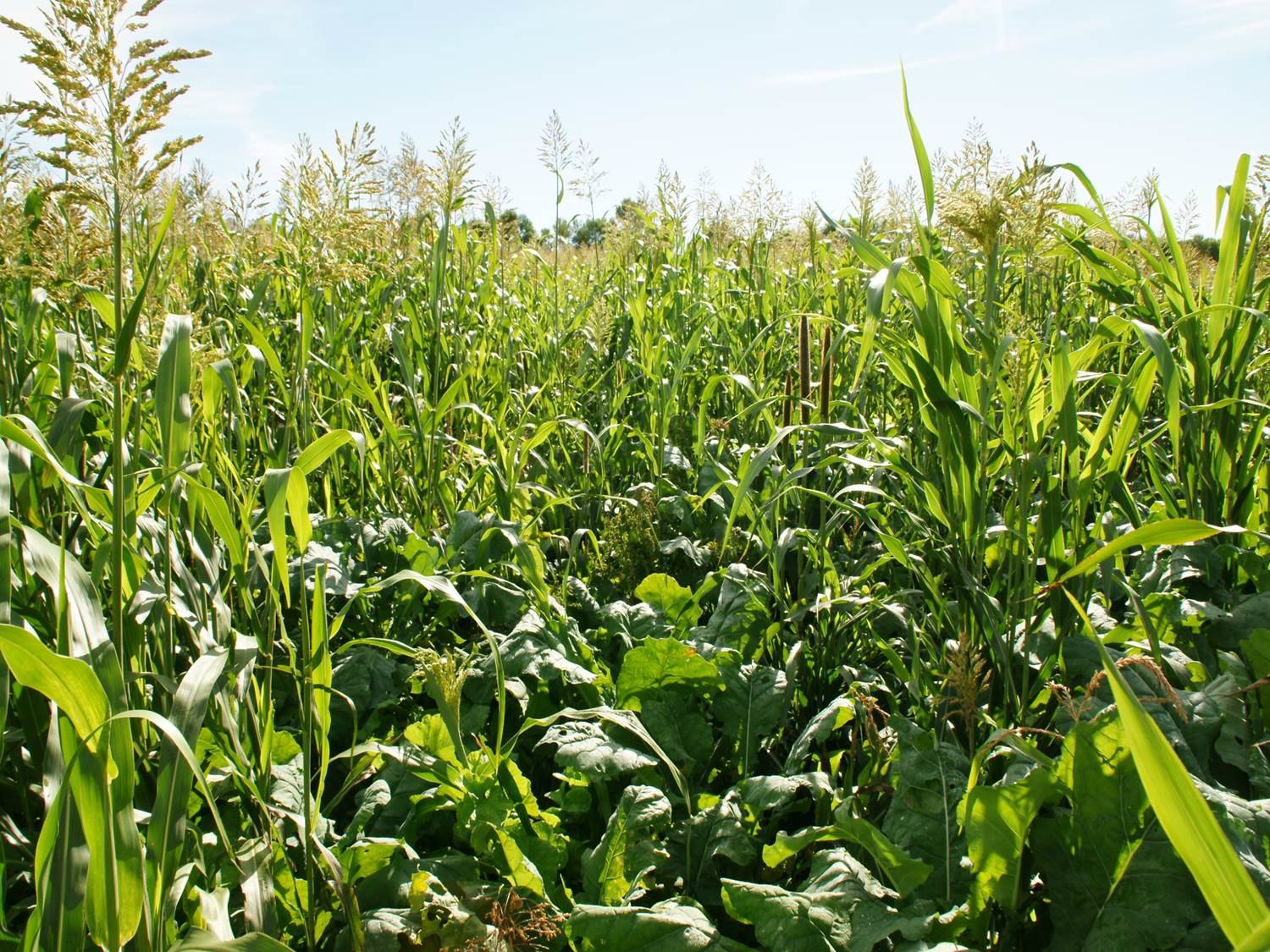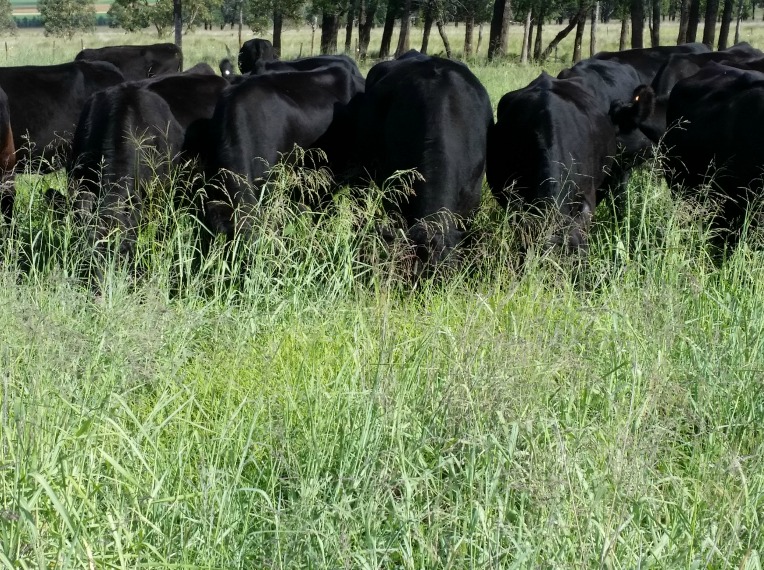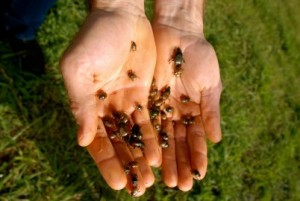I know as farmers (and possibly more you men folk) we love to learn from each other the nitty gritty practical ways that we address certain things on the farm. So this week I thought I might start a conversation about stock water delivery and share what we’ve been up to here at ‘The Conscious Farm’. We have a fair variety of troughs and water delivery systems, which you will see. I want to share with you the relative success and downfalls of each and their influences on the land regeneration that we want to achieve.
Our farm consists of black soil plains, sloping red soil country with scattered timber and timbered, less productive hill country. On the plains and some of the sloping country we have portable water troughs and smaller paddock sizes – this is our most favoured system. Some of the sloping country also has smaller blocks, but with a central point that stock water from. The hill country has around 200ha hectares of land that all still comes back to the one watering point – and this is something we would like to change. I will share with you the merits of each system what we have done to optimise each one – given that some systems are less than ideal.
This blog will address water delivery systems, so I won’t go into the details of water quality here today – but be aware that this is a very important factor in stock performance. I might look at that on another occasion.
We have loved the many benefits that rotational grazing has brought to our pastures and farm. As part of this system change, it has meant that we had to alter some of our water delivery systems.

